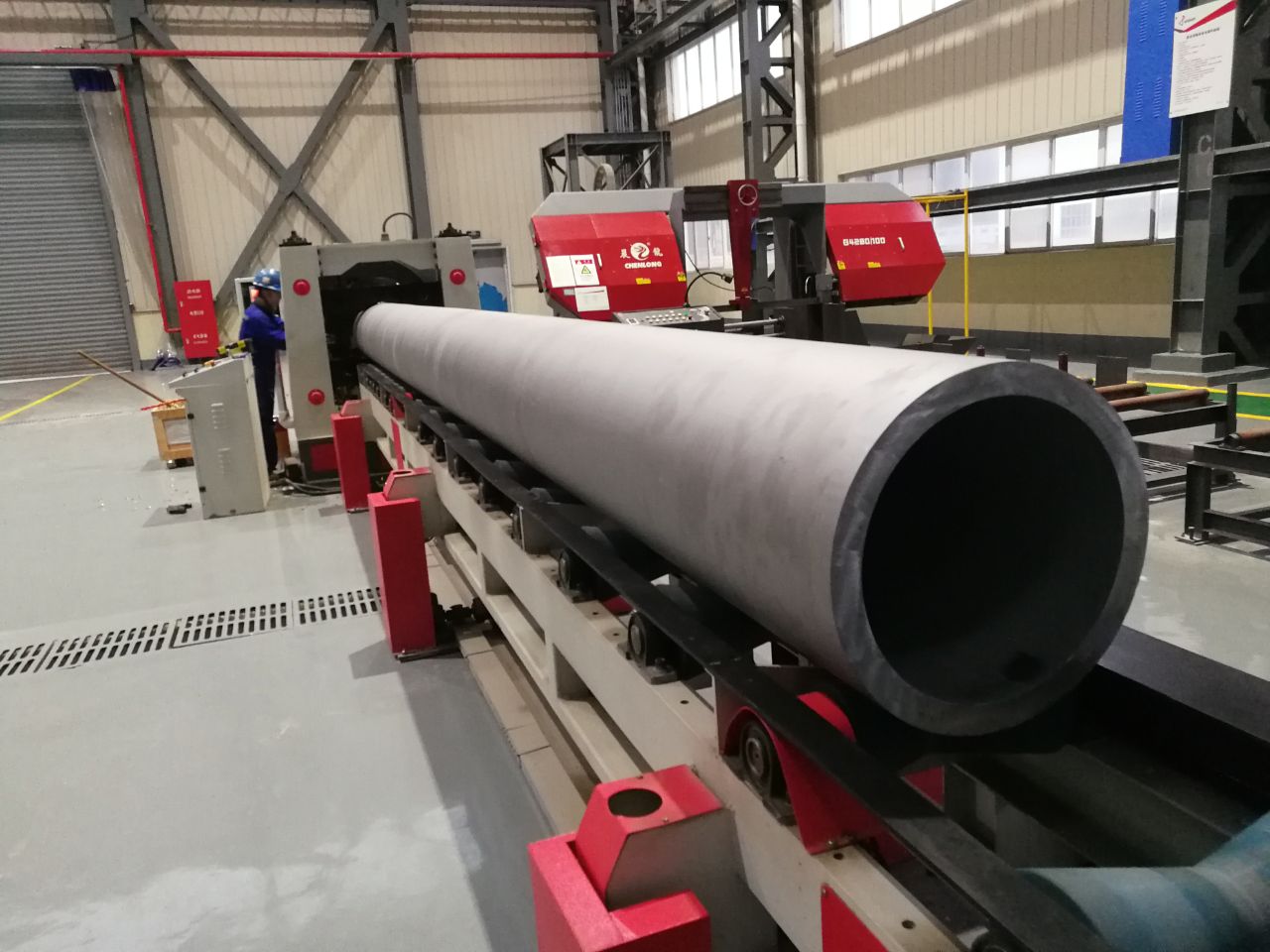Apr. 29, 2022
The joint made by welding method is called welding joint, and the welding joint plays the role of connecting and transferring load in the welding piece.
It consists of the weld, the heat-affected zone and the adjacent base metal.
The weld is also called the fusion zone, which is a mixture of molten base metal and wire metal.
The transition zone between the weld and the heat affected zone is called the fusion zone, which is the semi-melting zone. The heat affected zone (HAZ) is the zone affected by arc heat but without melting, which is divided into two parts: the super-heat haZ and the low-temperature haZ.
Severe grain growth usually occurs in the superheated heat affected zone (HAZ), also known as coarse-grain haZ.
What are the forms of welded joints?
There are 10 types of welded joints, which are butt joint, lap joint, Angle joint, T-joint, end joint, cross joint, sleeve joint, oblique butt joint, roll joint and bottom lock joint
What is a groove? What is the purpose of beveling?
Before welding, the workpiece to be welded end is processed into a certain shape, the groove formed after the group is called the groove.
The main purpose of the groove opening is to achieve complete penetration. In addition, the weld composition and properties can be adjusted to improve the crystallization conditions and improve the joint properties.

What are the parameters that characterize groove geometry and size?
The geometric shape and dimensional parameters of the bevel are root clearance, blunt edge, bevel Angle, bevel surface Angle, U-shaped root radius.
What are the common groove forms of butt joint?
The groove form of butt joint is single I shape, unilateral V shape, double unilateral V shape (also known as K shape), V shape, double V shape (also known as X shape), J shape, double "shape, U shape, double U shape, horn unilateral V type, horn V type, roll butt and so on.